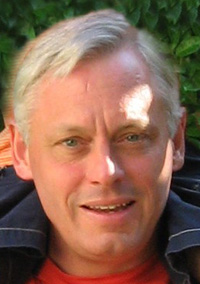
4 Trends Shaping the Emerging “Superfluid” Economy
This post originally appeared on CNN.com's Global Public Square.
Humanity and technology continue to co-evolve at an ever increasing pace, leaving traditional institutions (and mindsets) calcified and out of date. A new paradigm is emerging, where everything is increasingly connected and the nature of collaboration, business and work are all being reshaped. In turn, our ideas about society, culture, geographic boundaries and governance are being forced to adapt to a new reality.
While some fear the loss of control associated with these shifts, others are exhilarated by the new forms of connectivity and commerce that they imply. Transactions and interactions are growing faster and more frictionless, giving birth to what I call a “superfluid” economy.
Business will not return to usual. So let's discuss 4 key concepts to help us better understand the shifts that are underway:
1. Quantifying and mapping everything
2. Everyone has access to the internet
3. Self-organizing expands
4. Peer-to-peer exchange changes the future of money
4 Trends discussed below the line with links
Continue reading “4 Trends Shaping the Emerging “Superfluid” Economy”







